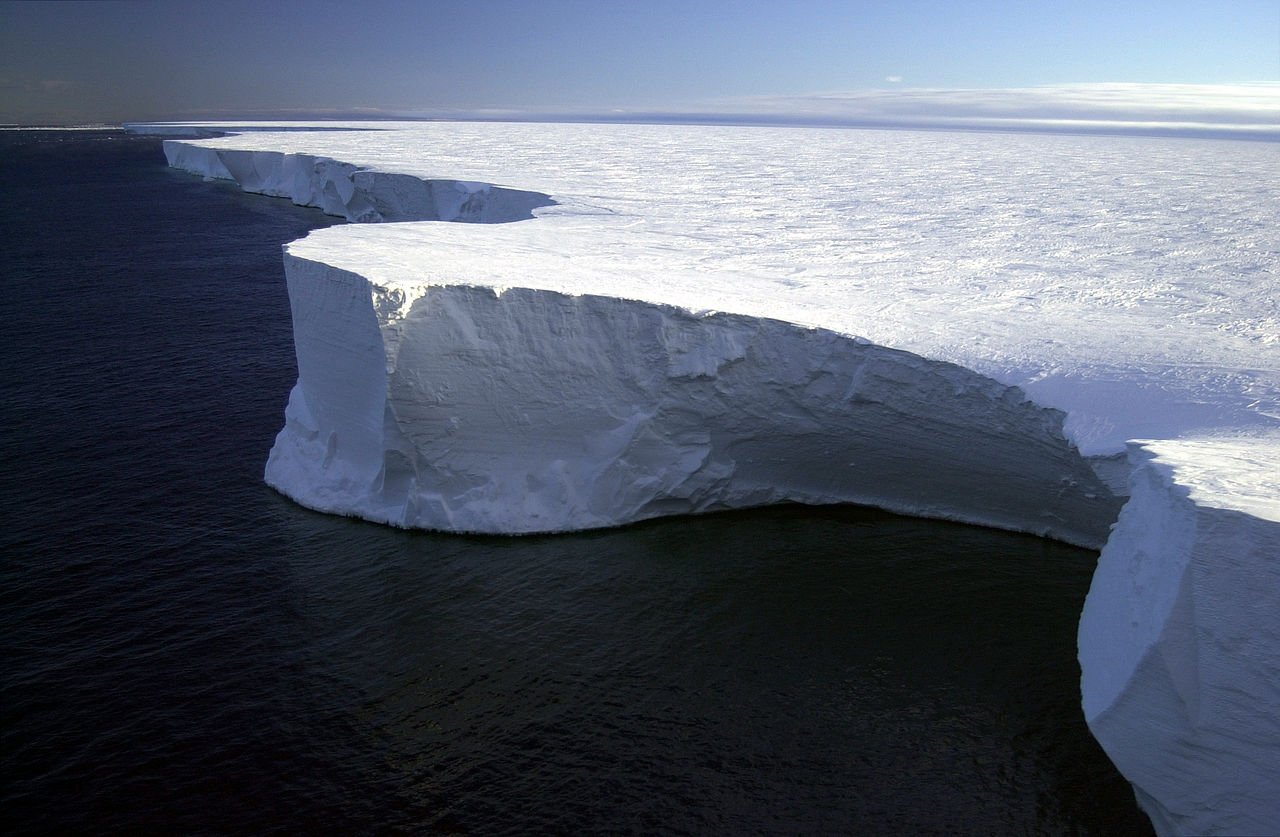
The world’s biggest iceberg, called A23a, is on the move after more than 30 years of being stuck to the ocean floor.
At almost 4,000 sq km (1,500 sq miles) in area, the iceberg split from the Antarctic coastline in 1986. But it swiftly grounded in the Weddell Sea, becoming, essentially, an ice island.
The past year has seen it drifting at speed, and the berg is now about to spill beyond Antarctic waters.
BBC reports that A23a is a true colossus, and it’s not just its width that impresses. This slab of ice is some 400m (1,312 ft) thick. For comparison, the London Shard, the tallest skyscraper in Europe, is a mere 310m tall.
So, why, after almost 40 years, is A23a on the move now?
“I asked a couple of colleagues about this, wondering if there was any possible change in shelf water temperatures that might have provoked it, but the consensus is the time had just come,” said Dr Andrew Fleming, a remote sensing expert from the British Antarctic Survey.
“It was grounded since 1986 but eventually it was going to decrease (in size) sufficiently to lose grip and start moving. I spotted first movement back in 2020.”
A23a has put on a spurt in recent months, driven by winds and currents, and is now passing the northern tip of the Antarctic Peninsula.
Like most icebergs from the Weddell sector, A23a will almost certainly be ejected into the Antarctic Circumpolar Current, which will throw it towards the South Atlantic on a path that has become known as “iceberg alley”.
Iceberg doomed to melt
Eventually, all bergs, however big, are doomed to melt and wither away, BBC notes.
The largest iceberg ever recorded was named B-15. It measured around 295 by 37 kilometers (159 by 20 nautical miles), with a surface area of 11,000 square kilometers (3,200 square nautical miles), about the size of the island of Jamaica.
It calved from the Ross Ice Shelf of Antarctica in March 2000. However, it broke up into smaller icebergs over the next few years, and the largest remaining piece, B-15A, eventually disappeared in 2005.
Icebergs are constantly calving from ice shelves, and their sizes can vary greatly. The largest icebergs are typically found in the Southern Ocean, where they can pose a hazard to shipping.
However, they also play an important role in the Earth’s climate system, as they reflect sunlight back into space and help to regulate ocean temperatures.
As these big bergs melt, they release the mineral dust that was incorporated into their ice when they were part of glaciers scraping along the rock bed of Antarctica. This dust is a source of nutrients for the organisms that form the base of ocean food chains.
“In many ways these icebergs are life-giving; they are the origin point for a lot of biological activity,” said Dr Catherine Walker, from the Woods Hole Oceanographic Institution, who was born in the same year as A23a. “I identify with it; it’s always been there for me,” she told the BBC.
Related: Legendary Endurance Shipwreck Discovered off Antarctica
See all the latest news from Greece and the world at Greekreporter.com. Contact our newsroom to report an update or send your story, photos and videos. Follow GR on Google News and subscribe here to our daily email!



